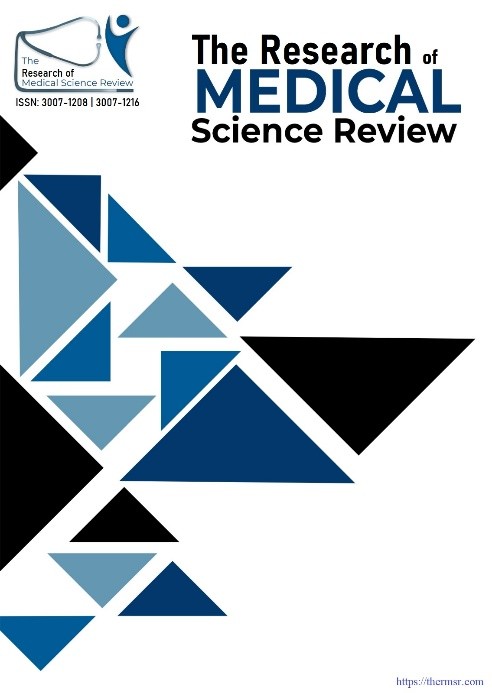CULTURE AND SENSITIVITY PATTERNS OF SEPSIS IN NEWBORNS
Main Article Content
Abstract
Introduction
As neonatal sepsis is associated with many complications and high mortality, proper policy regarding antimicrobial strategy is of very much importance and should be individualized according to predominant organisms and their sensitivity patterns of individual NICU of the corresponding institute.
Objectives
To determine the frequency of micro-organisms causing sepsis in neonates requiring ventilator support and to determine the sensitivity patterns of those micro-organisms.
Methodology
A total of 130 neonates with sepsis after 48 hours of having ventilation were included. Patients with congenital CNS anomaly, like hydrocephalus, meningomyelocele, renal anomalies and congenital anomalies like gastroschisis, omphalocele were excluded. Those meeting the exclusion criteria were excluded and rest were evaluated for inclusion by sending blood culture, urine culture and CSF culture. Antibiotic susceptibility of organisms was tested by Disc diffusion method. In it the organisms were grown on agar plate and exposed to antibiotic disc.
Results
In this study, I have found the E. coli as the most common organism and found in 16.92% cases, followed by Pseudomonas aeruginosa 8.46%, Staphylococcus aureus 10.0%, Kleibsella in 11.54% and Staphylococcus epidermidis in 3.08%.
Conclusion
This study has shown that the E. coli as the most common organism followed by Pseudomonas aeruginosa, Staphylococcus aureus, Kleibsella and Staphylococcus epidermidis in neonatal sepsis
Downloads
Article Details
Section

This work is licensed under a Creative Commons Attribution-NonCommercial-NoDerivatives 4.0 International License.
